
Weeks after the OceanGate Titan submersible imploded, killing four passengers and the pilot, questions linger about the safety of the vehicle. In a 2020 video that was removed from online but recently reposted, OceanGate CEO Stockton Rush, who perished in the implosion, talks with Matt Burdyny, VP, Strategy and Business Development at Teledyne Marine and Dan Shropshire, VP Sales and Marketing, Vehicles, of Teledyne Marine, about his vision and the challenges—including the time the submersible was struck by lightning, and he worried about rust. Read on for the relevant quotes, which may be puzzle pieces about what happened.
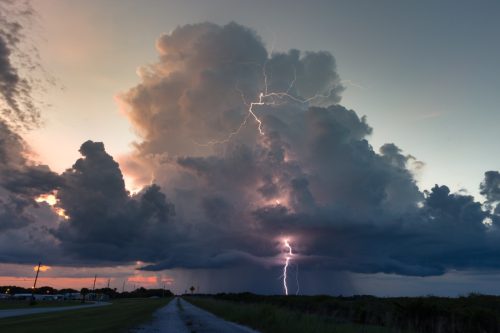
“There’s no doubt you’ve seen some significant challenges,” said Burdyny, who was leading the interview. “I’ve heard you guys experienced a lightning strike in The Bahamas while working and doing some testing down there….How did you guys get over that?”
“Yes. Fortunately it was not a direct strike,” answered Rush about the 2018 incident. “A direct strike to the carbon fiber probably would’ve taken us totally out. But it basically made its way into every piece of electronics inside the sub. And fortunately, we are using commercial off the shelf and line replaceable items. So in the matter of a couple of days, we were able to replace all those components. But we continued to have issues on connectors, penetrators, wiring—you know, lightning can do weird things.” He said it pushed their testing back.
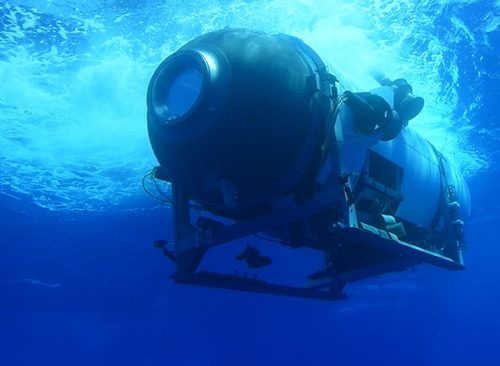
“We’ve had a lot of challenges…on communications and… the way we operate is just different than most deep sea systems. We send odd messages in odd times and we need it to be received all the time as opposed to an AUV”—that’s an autonomous underwater vehicle—“that might just send a standard message and really does its big data dump when it gets to the surface. So,” he continued. “working on those challenges, …we spent a year and a half doing a dive operations off The Bahamas. It’s a very corrosive environment, so dealing with supposed stainless steel parts that aren’t stainless, or other parts that rust almost instantaneously. ….This challenge of small vessels and…it seems that there’s no shortage of challenges. Had I only known how hard it would be,” he said with a rueful laugh.
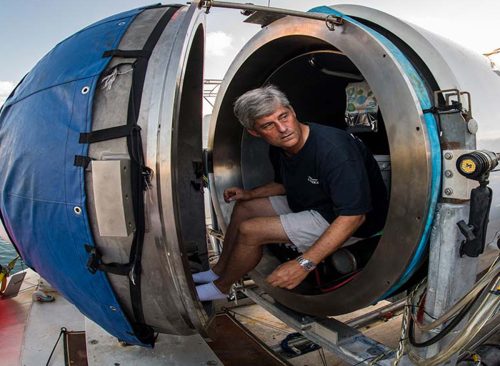
During the interview, Rush said OceanGate boasts a fleet of three submersibles, each capable of accommodating five individuals. These submersibles are carefully designed to provide an immersive experience for passengers, ensuring that they have expert guidance and the opportunity to share the wonder of the subsea environment, in his words. The fleet includes Antiquities, capable of diving up to 300 meters, Cyclops One with a depth limit of 500 meters, and Titan, the advanced submersible designed for depths of up to 4,000 meters, poised to explore the Titanic. It was the Titan that imploded.
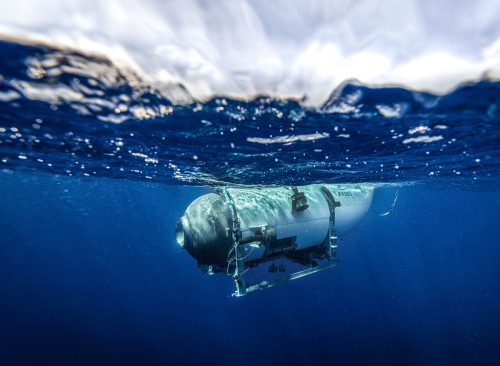
OceanGate’s commitment to innovation is evident in its submersibles, according to the conversation. While the initial submersibles involved the use of existing structures and technology, Rush and his team embarked on designing and building Titan from the ground up. A significant breakthrough (Rush felt) lies in the use of carbon fiber and titanium for the hull, ensuring a balance between strength, size, and weight necessary to reach the Titanic’s depths. Rush is aware not everyone agreed with his approach. “So a lot of the arguments against carbon fiber in submersibles were very similar to the arguments against using composites in aircraft,” he said in the interview. “And having built my own fiberglass plane 30 years ago and still flying it, I realize you can do it, you just have to do it right. … What’s the reliability? We’ve done a lot to make sure all our systems are line replaceable units. We keep a lot of spares, so we believe we can do a dive a day.”
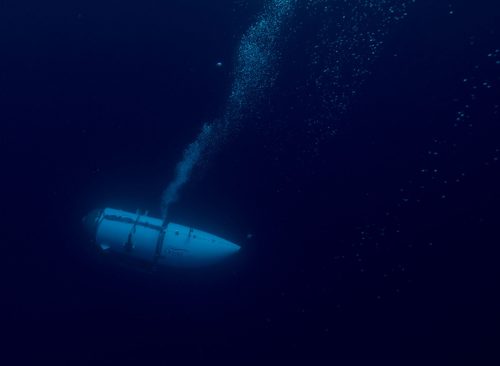
During the interview, Stockton Rush highlights the challenges of navigation in the deep sea, particularly when there is no visibility and no fixed points of reference. He explains the importance of instruments like the Doppler Velocity Log (DVL), which provides range information and helps avoid collisions with the seabed. Rush also mentions the significance of correction data for laser scanning systems, which requires knowledge of through-water speed and currents to ensure accurate data collection. These navigational tools and techniques are critical for safe and efficient underwater exploration.
Here, Rush describes the use of a DVL for navigation, stating, “When you get close to the bottom, you have to get ready to drop some weight… Getting that notification, two to 200 meters above the bottom is critical.”

According to Shropshire, there are significant challenges in effectively communicating with subsea assets. This applies not only to manned submersibles but also unmanned systems like AUVs. Without constant communication or the ability to give new instructions, navigating and exploring the deep sea becomes exceedingly difficult. Shropshire highlights the importance of having a reliable communication link, such as adding a modem to transmit crucial data like oxygen levels and temperatures. He emphasizes that even basic information can make a significant difference in understanding the health and status of subsea assets.
“I think people underestimate the challenges that come without being able to communicate effectively with subsea assets… It makes it really difficult. […] Adding the modem to the [system] helps a lot with that.”

Rush’s goal was pretty simple, even if the technology was really difficult. “Really we want to capture the imagination of as many people as possible, of all the great things to do underwater so that we don’t just take people with Titanic, but we do take ’em to the hydrothermal vents and we do take them to ancient Roman and Greek wrecks in the Mediterranean, or a number of World War II battle sites,” he said. “That’s our goal, to really expand the awareness and then the availability.” He mentioned trips to the Titanic cost $125,000 per person but he thought prices could come down. “We’re thinking we’d like to go to the Mediterranean… and a lot of wealthy clients in yachts… But, and when we go back next year, we’ll go deep… right now the focus is Titanic, Titanic, Titanic, but that’s just the opening of all the things we’d like to do.”














